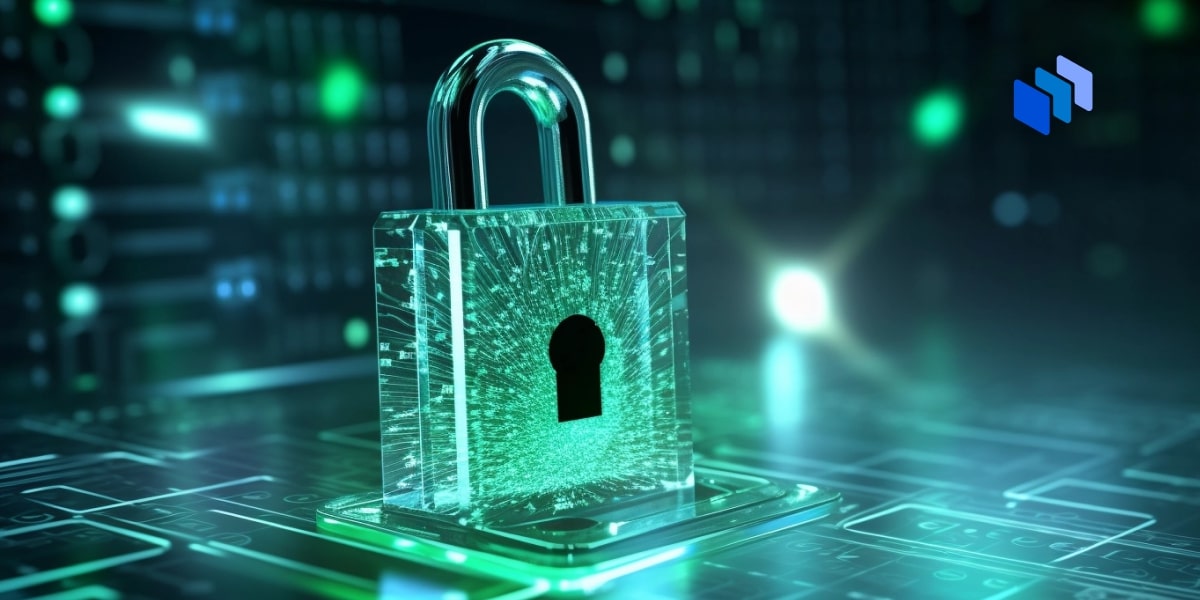E-mail has become an indispensable communication tool for businesses of all sizes, with Software-as-a-Service (SaaS) platforms serving as the backbone of many organizations’ email infrastructure.
However, with the rise of cyber threats targeting SaaS email services, protecting sensitive data and ensuring the security of email communications has never been more critical. In this comprehensive guide, we’ll explore the intersection of email security and SaaS security, highlighting key challenges and best practices for safeguarding your SaaS emails from cyber threats.
Understanding the Risks: The Convergence of Email and SaaS Security

As organizations increasingly rely on SaaS platforms such as Google Workspace, Microsoft 365, and Salesforce for email communication, collaboration, and productivity, they also become vulnerable to a wide range of cyber threats targeting these platforms.
From phishing attacks and malware infections to data breaches and account takeovers, cybercriminals are constantly devising new ways to exploit vulnerabilities in SaaS email services and compromise sensitive information. You can find out more about SaaS emails here.
A recent article on The Hacker News underscores the severity of the threat landscape, highlighting the increasing sophistication and prevalence of attacks targeting SaaS email platforms. According to the article, cybercriminals are exploiting weaknesses in email security protocols, social engineering tactics, and human error to infiltrate organizations’ email systems and steal valuable data.
Key Challenges in Securing SaaS Emails

Securing SaaS emails presents several unique challenges for organizations, including the following ones that we highlighted below.
Data Privacy and Compliance:
With the growing emphasis on data privacy regulations such as GDPR, CCPA, and HIPAA, organizations must ensure that their email communications comply with relevant regulatory requirements and industry standards. Failure to protect sensitive data in transit and at rest can result in severe financial penalties and reputational damage.
Phishing and Social Engineering
Microsoft explains that phishing attacks targeting SaaS email platforms continue to evolve in sophistication, making it increasingly difficult for users to discern legitimate emails from malicious ones. From spoofed email addresses to convincing impersonation tactics, cybercriminals use a variety of techniques to trick users into divulging sensitive information or clicking on malicious links.
Account Takeovers and Unauthorized Access
Weak passwords, outdated authentication methods, and lack of multi-factor authentication (MFA) increase the risk of unauthorized access to SaaS email accounts. Once cybercriminals gain access to a user’s email account, they can launch a variety of attacks, including email spoofing, business email compromise (BEC), and data exfiltration.
Best Practices for Protecting SaaS Emails
To mitigate the risks associated with SaaS email security and protect sensitive data from cyber threats, organizations can implement the following best practices:
Email Encryption
Encrypting sensitive email communications ensures that data remains protected from unauthorized access during transit and at rest. Organizations can leverage email encryption solutions to encrypt outgoing emails containing sensitive information and enforce encryption policies across their SaaS email platforms.
Advanced Threat Protection
Deploying advanced threat protection solutions such as anti-phishing, anti-malware, and anti-spoofing measures help organizations detect and block malicious emails before they reach users’ inboxes. These solutions use machine learning algorithms, behavior analysis, and threat intelligence to identify and mitigate email-based threats in real-time.
Employee Training and Awareness
Educating employees about the risks of SaaS email threats and providing regular training on email security best practices is essential for building a culture of cybersecurity awareness within the organization. Employees should be trained to recognize common phishing tactics, verify the authenticity of emails, and report suspicious activity to IT security teams promptly.
Multi-Factor Authentication (MFA)
Enabling multi-factor authentication (MFA) adds an extra layer of security to SaaS email accounts, requiring users to provide additional verification factors such as biometric data or one-time passcodes in addition to their passwords. MFA helps prevent unauthorized access to email accounts and reduces the risk of account takeovers.
Security Monitoring and Incident Response
Implementing robust security monitoring and incident response processes allows organizations to detect and respond to security incidents affecting their SaaS email infrastructure promptly. By continuously monitoring for signs of suspicious activity, organizations can identify and mitigate security threats before they escalate into full-blown breaches.
Conclusion
So, how to strengthen SaaS email security in the face of cyber threats? Since organizations increasingly rely on SaaS platforms for email communication and collaboration, protecting SaaS emails from cyber threats has become a top priority for IT security teams.
By understanding the unique challenges and best practices associated with SaaS email security, organizations can strengthen their defenses, mitigate risks, and safeguard sensitive data from unauthorized access and exploitation.
Ultimately, by adopting a proactive approach to SaaS email security and staying abreast of the latest trends and best practices in email security and SaaS security, organizations can defend against evolving threats and maintain the integrity and confidentiality of their email communications in today’s digital world.
With a strong commitment to cybersecurity and a comprehensive security strategy in place, organizations can confidently leverage the benefits of SaaS email platforms while minimizing the risk of cyber threats and data breaches.





